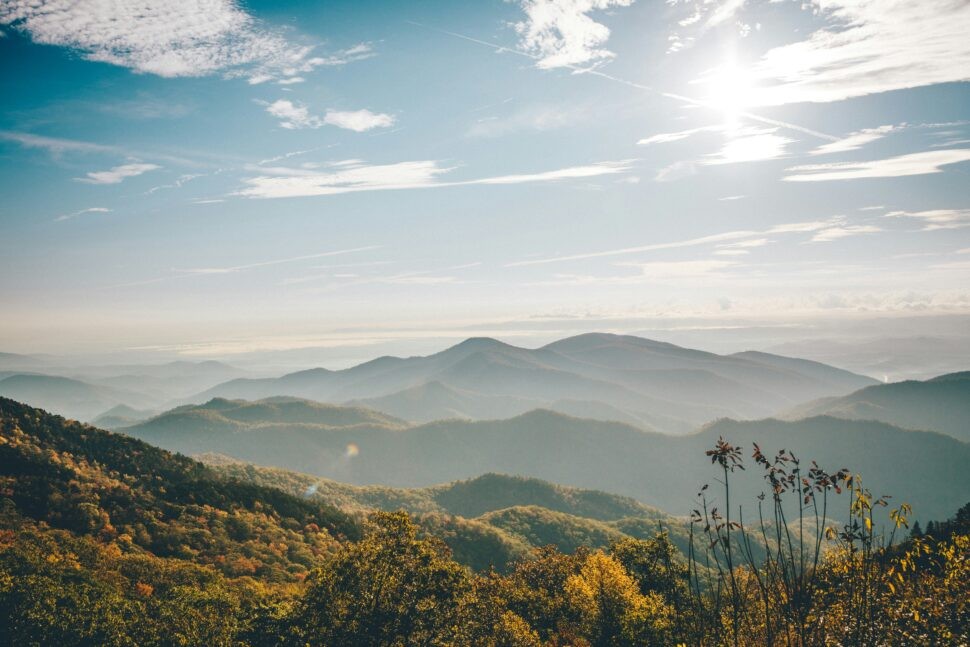Myrtle Beach, a beloved East Coast destination known for its beautiful white sand beaches, warm waters, and welcoming atmosphere, is a popular choice for spring travel. However, recent events have raised concerns about safety: Is It Safe To Travel To Myrtle Beach amidst a series of wildfires? This article examines the situation, providing information for travelers and residents alike.
The Carolina Wildfires: A State of Emergency
 Aerial view of wildfires in North Carolina, highlighting smoke plumes and affected areas
Aerial view of wildfires in North Carolina, highlighting smoke plumes and affected areas
Since late February and early March, first responders have been battling numerous wildfires across North and South Carolina. These fires, comprising hundreds of individual brush fires, have spread throughout both states, impacting national forests and coastal areas. The cause of these fires is attributed to a combination of dry weather conditions that have allowed them to spread rapidly. A lack of rain, unusually low humidity, and windstorms carrying dry debris have created a dangerous environment where even a minor event like a downed power line could ignite a major blaze.
More than 375 fires have been reported across the Carolinas, leading South Carolina Governor Henry McMaster to declare a state of emergency. The National Guard has been deployed, using UH-60 Black Hawk helicopters to drop thousands of gallons of water on the fires. Despite these efforts, evacuation orders have been issued, and travelers are advised to avoid the area due to the risk of fires merging and growing larger.
Fire Locations in the Myrtle Beach Area
While the wildfires are widespread, certain areas in and around Myrtle Beach have been particularly affected. One significant blaze occurred on Carolina Forest Boulevard, impacting the Walker Woods, Waterbridge, and Avalon areas. This fire resulted in widespread evacuations in Horry County. The fire originated from smoldering in the thick underbrush and has caused considerable damage to the surrounding environment. Fortunately, as of early March, no structures have been completely destroyed, and no injuries have been reported.
By late Monday, March 3rd, the South Carolina Forestry Commission reported that the fires around Carolina Forest Boulevard were approximately 30 percent contained. With rain and higher humidity expected, responders anticipated further containment throughout the week. Forestry crews have also started preventative measures, clearing unaffected woodlands in neighborhoods like Covington Drive to reduce the risk of new fires. The state government has dispatched bulldozers and tractors to create perimeter lines in case of fire spread, and Horry County officials believe no further evacuations will be necessary.
Wildfire Hotspots: Comparing States
 Landscape view of North Carolina, emphasizing dry vegetation and potential fire hazards
Landscape view of North Carolina, emphasizing dry vegetation and potential fire hazards
While the Carolinas have experienced a high number of fires, California remains the state with the most significant wildfire risk. California sees millions of acres burned annually. This is due to its dry climate, vast national forests, and large size. Man-made climate change has exacerbated the situation, leading to more severe fires across the United States.
Historically, North Carolina has been relatively stable regarding fire safety due to high humidity, frequent rainfall, and access to water sources. However, changing climate conditions may lead to more frequent wildfires in the Carolinas. The current wildfires near Myrtle Beach are expected to be contained before spring break, but the long-term ecological impact remains uncertain.
Is It Safe to Travel to Myrtle Beach? Current Recommendations
So, is it safe to travel to Myrtle Beach right now? Based on the information available in early March 2025, travelers are advised to avoid the area until the wildfires are fully contained. Evacuation orders are in place for certain areas, and the risk of fire spread remains a concern. Stay updated on the latest information from local authorities and the South Carolina Forestry Commission before making any travel plans.
While the immediate threat of wildfires may subside, it is important to consider the potential long-term environmental effects and the possibility of future fire events. Travel with caution and be prepared to adjust plans as needed.

